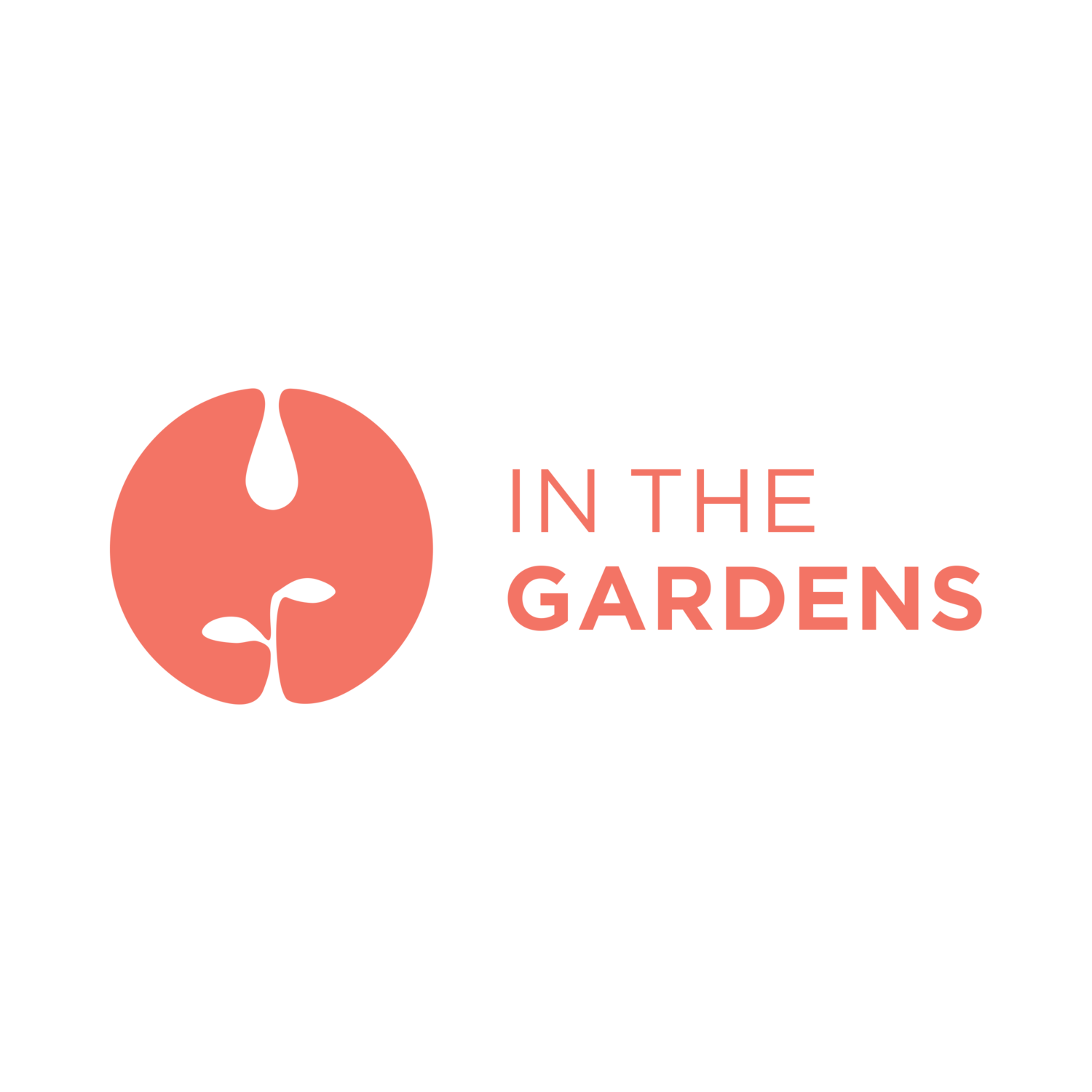Planning Your Garden, Part 2: Flowers and Veggies Together
I recently learned something about why it’s great to plant certain flowers near specific vegetables. I knew a few basics: that marigolds deter pests and sweet alyssum is great next to your kale, broccoli, collards and other brassicas. But why?
Well, let’s start with marigolds. And note that there are different varieties of marigolds. You can grow the average size, from about 18-24 inches high, or you might prefer, as I do, the dwarf size. These grow up to about eight inches high and make great borders, because they don’t take up a lot of space that you want your veggies to have access to. Some folks don’t like marigolds because of their smell. It’s pungent. But this is one of its precise advantages. Their scent tends to be stronger than the veggies it’s grown near, so it essentially masks their smell, thus confusing insects and other pests. Furthermore, they deter beetles, slugs, leafhoppers, nematodes, and even tomato hornworms. A bit of a fancier marigold – calendula, has beautiful flowers and the same pest-deterring qualities. Calendula also has medicinal opportunities in that you can make it into an oil or salve and use it for rashes, wounds or burns.
What about sweet alyssum? What can this tiny little flower do that is so powerful?
Aphids love brassicas. I find them so often on my kale and Brussels sprouts, collards, even potentially on my cabbages. Add in sweet alyssum and there is a substantive reduction in aphids, because these tiny flowers attract beneficial insects that keep the aphids in check. While you might not like wasps, these as well as lacewings, and ladybugs, love the sweet alyssum. They chomp on those aphids, keeping your broccoli and other brassicas healthy.
We tend to think of onions as a vegetable, and this is certainly the case. Yet onions, and their relatives, garlic and chives, have extraordinary flowers. Leeks and onions have large round balls of white or pale pink flowers on a long stem. Chive flowers sport the same round head, but in a much smaller variety, and can be purple or white (garlic chives). They repel many insects in the vegetable garden, including slugs, aphids, carrot flies and cabbage worms. So, yep – plant ‘em near your cabbages, as well as near the crucifers, tomatoes, peppers and potatoes.
Nasturtium is another lovely flower, coming in various shades of yellow, orange, salmon and red. These vines can be planted as a border around other veggies. The flowers are edible, and make a lovely salad garnish, a bit peppery and sweet at the same time. These plants repel whiteflies, squash bugs, aphids, many beetles and cabbage loopers, because they release an airborne chemical that repels predacious insects. So plant them near your tomatoes, cucumbers, kale, kohlrabi, collards, broccoli, cabbage and radishes.
Lavender is one of my favorite plants. Living in Southern California, one can grow many varieties, with colors of the typical purple (or lavender!), whites and even pinks. Here in Chicago’s Zone 5 weather, one can certainly grow those varieties but they won’t overwinter. That means planting again each season. That’s not my preference, so I choose Munstead or Hidcote – two English lavender varieties that are more cold tolerant. While we love the smell and graceful look of these blossoms swaying in the wind, plant it near your cabbage, cauliflower and rue. You can also plant it around the base of fruit trees to deter codling moths. If that’s not enough, lavender will help repel fleas and ticks, and even mice!
Each of these flowers will bring beauty into your garden while helping to control unwanted insects. Some of them even deter other predators. Additionally, by planting any of these flowering plants in your garden, you will be bringing the most important pollinator – bees – into your garden. They will be joined by butterflies and other beneficial insects and pollinators. It is so wonderful to see swallowtail butterflies in the garden, a praying mantis or hummingbirds. All of these will help your garden grow while helping support the critical pollinators at risk in our world right now.
May your garden be beautiful as well as productive,
Rabbi Robin Damsky





